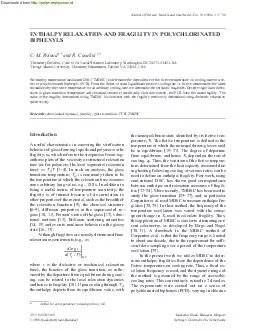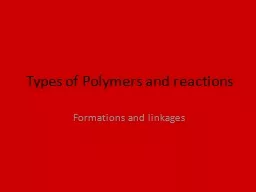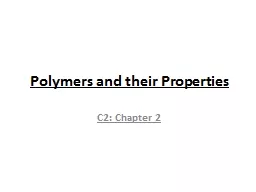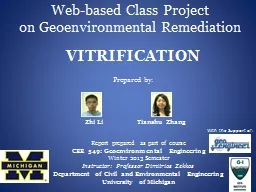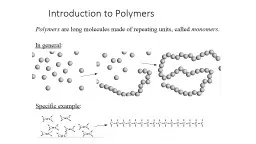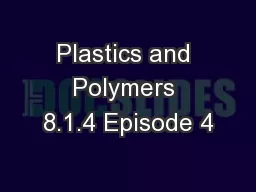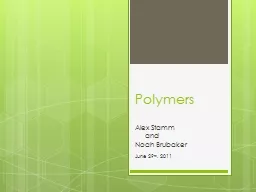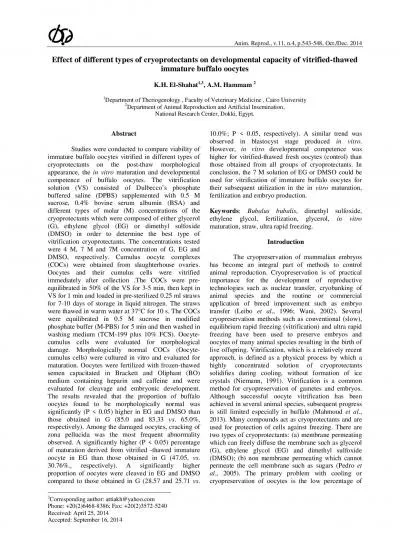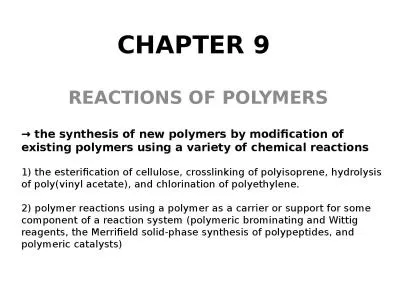PDF-Introduction A useful characteristic in assessing the vitrification behavior of glassforming
Author : kittie-lecroy | Published Date : 2014-12-15
T 14 In such an analysis the glass transition temperature is commonly taken to be the temperature at which the relaxation time assumes some arbitrary long value
Presentation Embed Code
Download Presentation
Download Presentation The PPT/PDF document "Introduction A useful characteristic in ..." is the property of its rightful owner. Permission is granted to download and print the materials on this website for personal, non-commercial use only, and to display it on your personal computer provided you do not modify the materials and that you retain all copyright notices contained in the materials. By downloading content from our website, you accept the terms of this agreement.
Introduction A useful characteristic in assessing the vitrification behavior of glassforming: Transcript
Download Rules Of Document
"Introduction A useful characteristic in assessing the vitrification behavior of glassforming"The content belongs to its owner. You may download and print it for personal use, without modification, and keep all copyright notices. By downloading, you agree to these terms.
Related Documents

